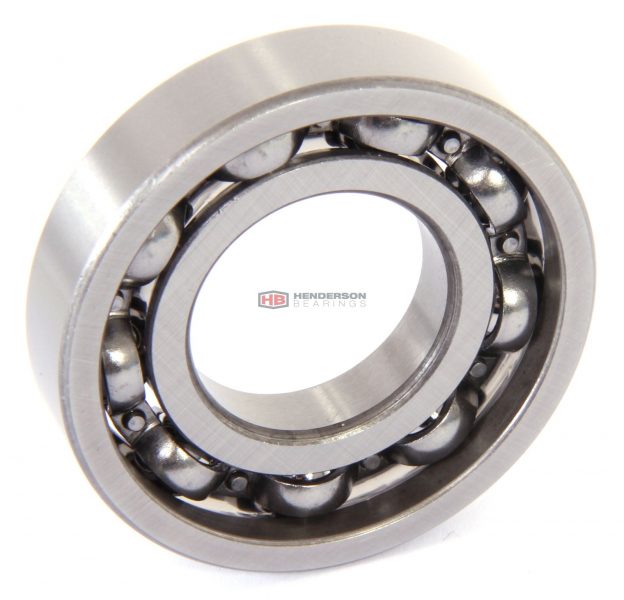
Any machine running with anti-friction and compressor bearing will, to a certain degree, exhibit high-frequency vibration. Rotary screw air compressors are an example of this type of machine. Single-stage rotary screw compressors are designed with two rotors that have anywhere from four to six lobes on each rotor. The rotors turn in opposite directions with the lobes nearly touching to create a “screw” which compresses the air. The compressor is usually driven by a motor directly coupled to the male rotor which has a gear on the coupling and that in turn drives the gear on the female rotor. The gears are timed in such a fashion that the rotors never touch.
Given this mechanical configuration, vibration at several different high frequencies can or will occur:
Equals the number of lobes of the male rotor multiplied by the running speed of the motor. Therefore, this frequency will be synchronous with the motor running speed.
Equals the number of gear teeth multiplied by the running speed of the motor. In the case of the multiple-stage rotary screw compressor, there will be more than one set of gear mesh frequencies. This vibration will also be synchronous with the motor running speed.
Which depends on the particular bearing used in the machine. In general, the bearing frequencies will be non-synchronous with the motor running speed. The inner and outer race frequencies will be the ones most commonly seen.
Which could be induced by resonances of machines or compressed airflow. Standard alarming methods often do not work well on machines that naturally exhibit high-frequency vibration, such as rotary screw air compressors, even when they are running properly. Overall vibration levels are sometimes insensitive to the small changes in vibration levels caused by bearing deterioration.
This is due to a large amount of vibration that is naturally occurring in a rotary screw compressor. The usual high frequency bearing detection tools or techniques will be triggered with each measurement, once again due to the vibration from the gears and rotors. This results in “nuisance” alarms.
One technique for speeding up this process is to compare the percentages of synchronous and non-synchronous vibration between measurements. Many vibration software programs calculate this data for each spectrum. The compressor bearing deterioration will normally be non-synchronous vibration. In other words, it is not a whole number of multiples or harmonics of the industrial services and machine running speed.